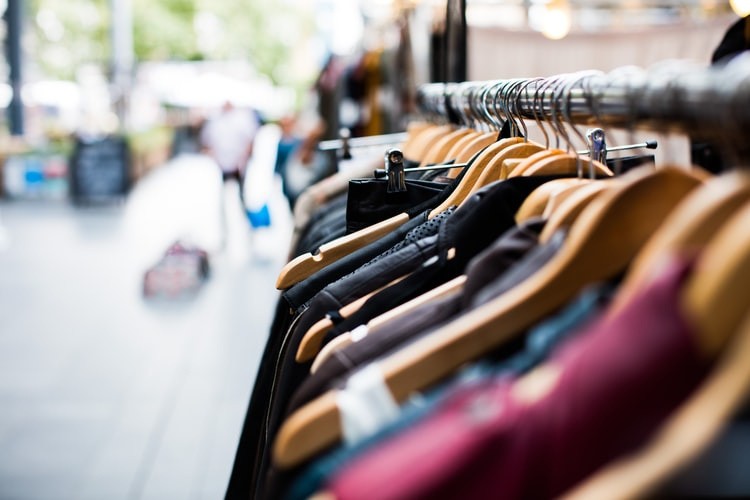There's really nothing quite like finding an incredible piece of clothing sitting on the rack in a thrift store. There could be a vintage cashmere lurking among the millions of grandpa sweaters or a pair of Prada heels hidden among the Payless flats.
Nice things take on a different luster when you've spent more time than money looking for them.

Rising Trend
While thrift shopping may have once been reserved for those living on a tight budget, a rise in eco-conscious thinking and the allure of secondhand goods has prompted a new generation of young people to visit their local charity shops.
According to a report by resale service ThredUp, around 40% of Gen Z-ers bought secondhand in 2019, compared to less than 30% in 2016. Buying previously owned items keeps products in circulation for longer, making those vintage mom jeans and slouchy turtlenecks look fabulous for you and the environment.
"People are looking for sustainable and guilt-free ways to shop, so it's definitely becoming more popular," says Anna Fitzpatrick, a Ph.D. student and project coordinator at the London College of Fashion's Centre for Sustainable Fashion.
On the surface, that appears to be great.
Related Article: Common Every Day Activities that Help Mitigate Climate Change!
Other Side
However, over time, scientists, environmentalists, and urban planners have realized that some trendy sustainable practices may be harmful in their own ways.
When you weigh price hikes, size-ism, and the fostering of an unhealthy mentality toward clothes and waste, describing thrifting as a guilt-free and environmentally responsible alternative is a reach. Fortunately, there are still certain options to get one-of-a-kind products at enviable costs without slipping into an ethical quagmire.
Textile Industry

The textile industry has undergone a huge transformation in the last 50 years. When people shifted sizes, careers, or climates, they used to buy. However, since the 1980s, when quick fashion became popular, shopping has been less about the need and more about keeping up with the latest trends. Instead of investing $100 on a single sweater, we can get a bunch of $30 sweaters that may not last as long.
"Sustainable"
The dilemma is that while you can produce clothes for dirt-cheap prices, they become almost useless. According to the Environmental Protection Agency, the planet produced more than 17 million tons of textiles in 2018, up from about 2 million just 50 years earlier. 11.3 million tons of the huge dump ended up in the landfill.
According to a survey by the apparel industry market network Common Objective, 35 percent of the products used to produce such garments wind up as garbage long before they hit the racks. Whether it's cloth cut off during creation or waste product ends up being incinerated. Thousands of gallons of water are used to make a single pair of jeans, and any one of those items, wherever it ends up, uses money.
"The best thing we can do is keep clothes in production for longer, and all of the natural elements embedded in those garments out there for longer," says Lynda Grose, a sustainable fashion consultant at the California College of the Arts. The biggest bang for the buck comes from wearing a blouse or coat as many times as possible.
ALSO READ: Adidas to Make Fungus-Made Shoes to Replace Leather
For more environmental news update, don't forget to follow Nature World News!
© 2026 NatureWorldNews.com All rights reserved. Do not reproduce without permission.





